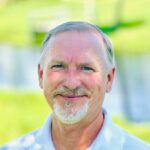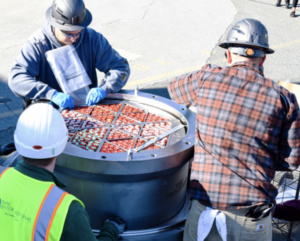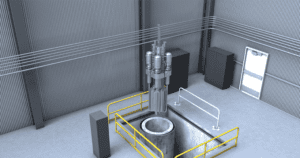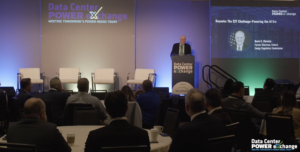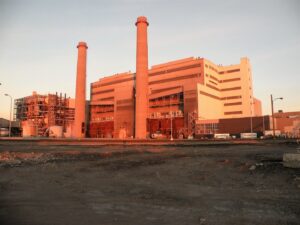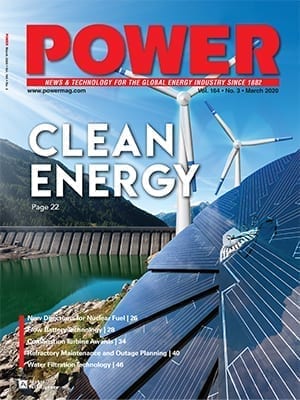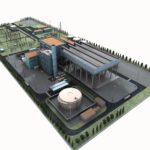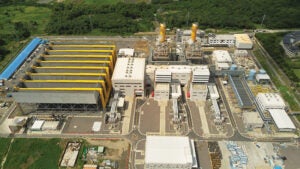
Taiwan stands as one of Asia’s most dynamic economies, a densely populated island of approximately 23 million people compressed into just 36,000 square kilometers. The island is a global technology powerhouse, producing more than 60% of the world’s semiconductors and serving as home to manufacturing giants that supply everything from smartphones to advanced computing systems. However, the island’s economic prosperity comes with an enormous appetite for reliable, continuous electrical power.
Energy security represents one of Taiwan’s most pressing challenges. With virtually no domestic fossil fuel resources and limited renewable energy potential relative to its needs, the island imports approximately 98% of its energy. The semiconductor fabrication plants that drive the economy are particularly energy-intensive, requiring uninterrupted power supplies to maintain their precision manufacturing processes. Any disruption in electricity can halt production lines worth billions of dollars, making grid stability and efficient power generation not merely infrastructure concerns but fundamental pillars of Taiwan’s economic competitiveness.
This reality has driven the island to pursue cutting-edge power generation technologies, including advanced combined cycle plants that can deliver maximum efficiency from imported natural gas. One such plant, the Sun Ba II facility, entered commercial operation in May 2025. It was recently recognized as a 2025 POWER Top Plant award winner.
“That this project got recognized with your power plant award, I think this is really a nice story and a nice finish I would never have expected when I came here,” Thomas Ringmann, director of Business Development with Siemens Energy, said as a guest on The POWER Podcast.
Sun Ba II is a 2 x 1 multi-shaft configuration, which means there are two gas turbines and two heat recovery steam generators (HRSGs) serving one steam turbine. The gas turbines and the steam turbine each have their own generators. “We have used in this project our latest and biggest gas turbine—the SGT-9000HL,” Ringmann explained. “The steam turbine is a SST-5000, so that’s a triple-pressure steam turbine with a combined HP [high-pressure] and IP [intermediate-pressure] turbine, and a dual-flow LP [low-pressure] turbine. Also, we had an air-cooled condenser, condensing the steam from that steam turbine, and we had a three-pressure reheat HRSG, which was of Benson-type technology.”
The project began at the peak of the COVID pandemic, which presented a large challenge. “Every project meeting, every design meeting, every coordination meeting were all done online,” Andy Chang, project manager with Siemens Energy, said. “Everything was done online, because nobody can travel. We just had to figure this out.”
Effective collaboration among project partners was a key to success. “The collaboration is not only with our consortium partner—CTCI, an EPC [engineering, procurement, and construction] company—but actually with also the customer, Sun Ba Power,” Ewen Chi, sales manager with Siemens Energy, said. “Everybody has the same target, which is to bring power on grid as soon as possible. So, with this same-boat mentality—everybody sitting in the same boat and rowing toward the target—actually helped the project to be successful and to overcome many challenges.” Chang agreed that on-time completion was only possible with all parties maintaining a collaborative spirit.
“This power plant right now is predominantly running on baseload operation,” Ringmann reported. “So, given that high grade of operations along with a high gas price, the efficiency of our turbines actually is a key contributor to an economic value of the customer.”
Meanwhile, the lessons learned from this first deployment of HL technology in Taiwan are being applied to a new project. Siemens Energy and CTCI are now collaborating on the Kuo Kuang II power plant, which is under construction in Taoyuan, northern Taiwan. “Because we have this momentum and this mentality from Sun Ba II execution, now each side, they decided that they will keep their core team member from both sides, and they will continue to cherish this partnership with the next project,” Chang reported.
To learn more about the Sun Ba II project, listen to the full interview with Ringmann, Chang, and Chi on The POWER Podcast. Click on the SoundCloud player below to listen in your browser now or use the following links to reach the show page on your favorite podcast platform:
For more power podcasts, visit The POWER Podcast archives.
—Aaron Larson is POWER’s executive editor (@AaronL_Power, @POWERmagazine).

